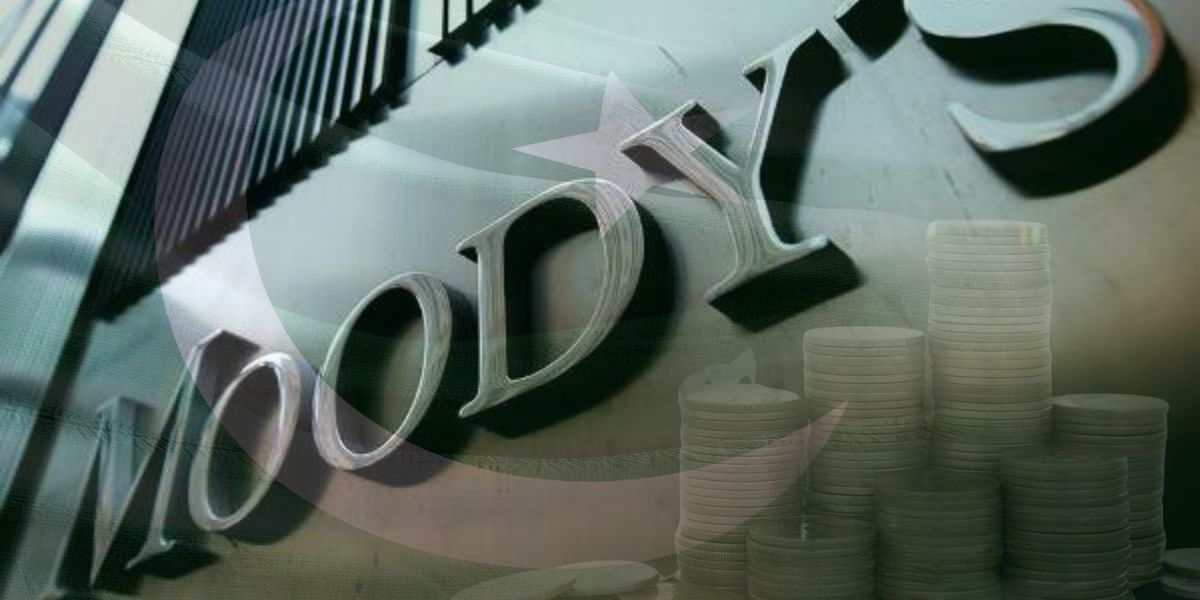
Moody’s Investors Service has upgraded Pakistan’s local and foreign currency ratings from Caa2 to Caa1, citing an improving external position and progress under the IMF’s Extended Fund Facility (EFF). The outlook has been revised to stable from positive, signaling a cautious optimism over the country’s economic trajectory.
Reserves at Record High, Fiscal Discipline Paying Off
The upgrade reflects a year of steady, if fragile, recovery. Pakistan’s foreign exchange reserves have surged to $14.3 billion as of July 25, 2025 covering around ten weeks of imports (the highest this year!). This improvement follows the successful completion of the first IMF program review, unlocking $1 billion in May, and securing a further $1 billion commercial loan in June, backed by the Asian Development Bank.
Moody’s noted that Pakistan has also taken meaningful steps to widen its tax base. Revenues rose to 16% of GDP in FY2025, up from 12.6% the previous year, largely through enhanced enforcement and new taxes. The fiscal deficit narrowed to 5.4% of GDP, with expectations to fall further in FY2026. Debt servicing costs, though still consuming up to 45% of revenues, have eased from a crippling 60% just two years ago.
Moody’s Cautions Against Political and Economic Risks
However, the agency cautioned that vulnerabilities remain. Pakistan’s external financing needs will still hover around $24-25 billion annually for the next two years. Any delays in reform implementation or IMF reviews could trigger renewed pressure on reserves. Political instability and social tensions over new taxes also risk slowing progress.
The stable outlook suggests Moody’s sees risks and opportunities as balanced. Continued discipline in fiscal policy, sustained reforms, and consistent foreign inflows could pave the way for another upgrade. Conversely, any slippage — whether from governance gaps, financing shortfalls, or political unrest — could reverse gains.
For everyday Pakistanis, this upgrade would not seem that affecting. However, it is more than a technical change in credit ratings. It hints at a future where the economy is steadier, the rupee more resilient, and the specter of default further away, provided the country can stay the course.
